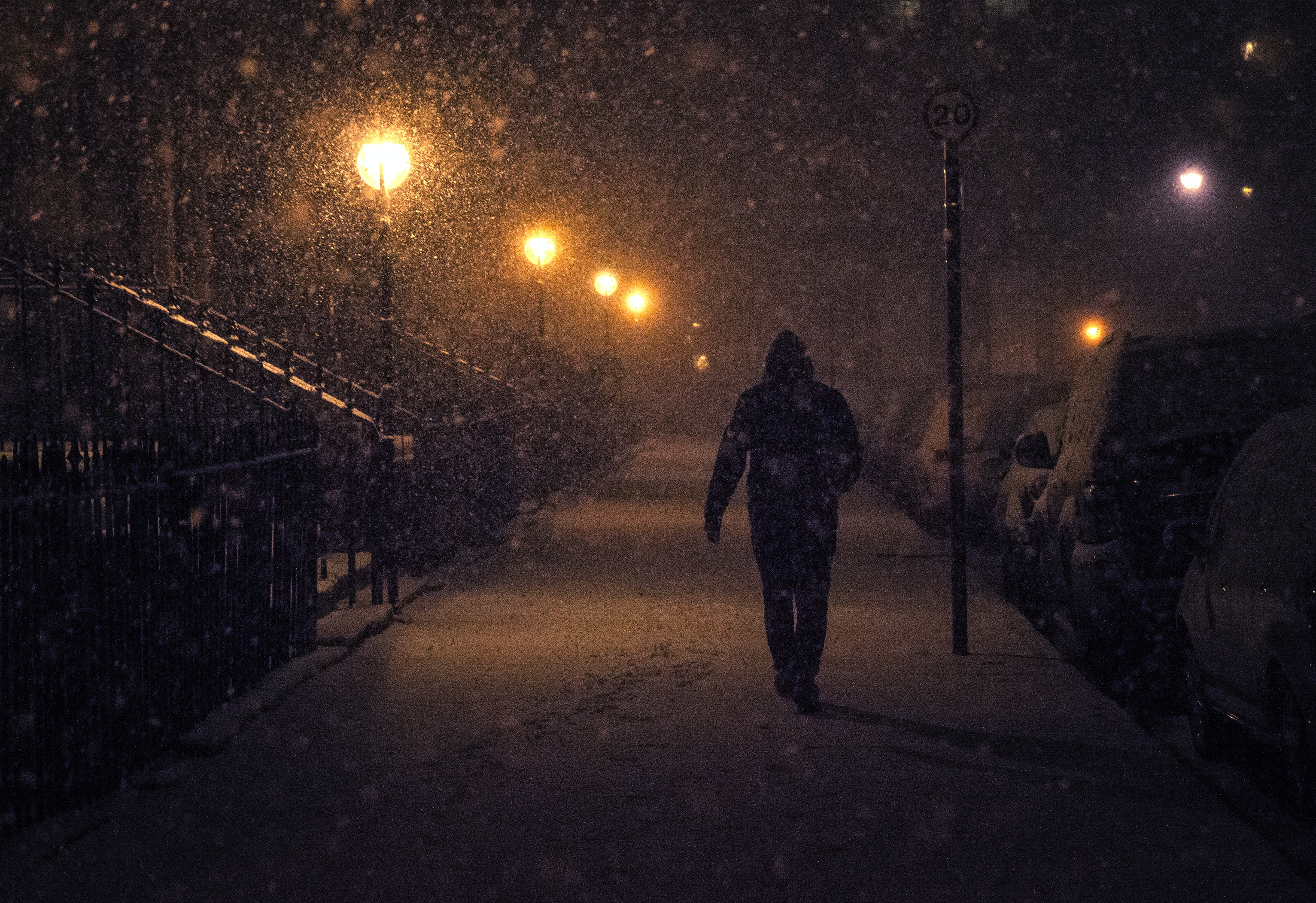As the nights draw in and the days get shorter, it’s not unusual to feel your mood impacted for the worse. Just as the summer sunshine can help boost our feelings, so too can its absence bring us down.
This can get to levels where it affects our day-to-day living, and this winter depression is called seasonal affective disorder, more commonly referred to as SAD. Whether you have clinically diagnosable levels of SAD or not, there are still steps we can all take to make the gloom that little bit more bearable.
What are the Symptoms of SAD?
Before anything else, though, let’s look at the disorder’s symptoms. Some of the most common symptoms include:
- Low mood (persistent)
- Irritability
- Feelings of worthlessness, hopelessness or despair
- Lethargy
- Craving carbohydrates
- Weight gain
- Lack of pleasure in activities you’d typically find pleasurable
How Common is SAD?
According to the Royal College of Psychiatrists, roughly 3 in every 100 people experience “significant winter depressions”. This is a significant number!
And even if you don’t meet the threshold to be medically diagnosed, you’ve undoubtedly experienced periods in winter when you’ve felt down or had the blues, and there’s a good chance that the lack of light is the cause.
What Causes SAD?
The scientific cause of SAD, although not known for definite, is thought to relate to faulty workings in the hypothalamus, a part of the brain that regulates our body’s routines and rhythms. This is believed to stem from a reduction in exposure to natural sunlight (hence why it occurs during the darker winter months).
The production of both melatonin and serotonin and the body’s circadian rhythm can all be upset when the hypothalamus isn’t working correctly. And it’s these changes that cause the depressive symptoms.
What Can You Do to Alleviate SAD Symptoms?
1. See a Doctor
If you find that your low mood is getting in the way of daily living, your first step is to see a medical professional, usually your GP, and talk to them about how you’re feeling. They’ll be able to assess you and make specific recommendations based on your experience.
2. Light Therapy
One of the most common treatments for SAD is a form of therapy known as light therapy. What’s that, we hear you ask? Well, dear reader, we’re glad you asked.
Light therapy involves stimulating your brain’s serotonin production and reducing its melatonin production using a light box that mimics natural light. You can also use a sunrise alarm clock, which works comparably (and is typically cheaper).
3. Regular Exercise (Preferably Outdoors)
Exercise is recommended for a variety of physical and mental ailments, and SAD is no different.
Exercise releases special chemicals called hormones, one of the four ‘happy’ hormones, along with serotonin, dopamine and oxytocin. In fact, in some cases, it’s been shown that exercise is just as effective as antidepressants (SSRIs) in combatting depression.
If you can exercise outdoors, then even better. That way, you not only get the endorphin rush, but you get the benefit of natural light, too. A double whammy!
4. Talking Therapy
Depression, whether SAD or any other form, can be treated using various talking therapies, including the commonly used cognitive behavioural therapy (CBT). This involves looking at our thought patterns and restructuring unhelpful ways of thinking.
This evidence-based treatment is beneficial in the treatment of depression. A study conducted by academics from a range of the UK’s top universities found that, when combined with antidepressants, 43% of patients had seen at least a 50% reduction in their symptoms.
Unfortunately, therapy can be difficult to access here in the UK. However, there are several apps you can download that are widely recognised as helping tackle feelings of depression and anxiety. Headspace and Calm are the two best-known.
A systematic review found, in fact, that the use of Headspace “improved depression in 75% of the studies that used it [depression] as an outcome”.
5. Opening Up to Loved Ones
We’re often better actors than we think, and whilst you may think your struggles appear obvious, others might have no idea what you’re going through. And you can only expect to get help if people know you need help.
That’s why opening up to supportive family members, friends, or loved ones can be so beneficial. When you share, other people often share back, and you might realise that others you know are going through similar.
This doesn’t solve what you’re going through, but it can make it a little more manageable, knowing you’re not alone.
6. Consider Medication
If you’re able to get an appointment with your general practitioner, they might offer you a prescription for an antidepressant. The most commonly prescribed antidepressants are selective serotonin reuptake inhibitors or SSRIs.
In basic terms, these work by blocking the reuptake of the neurotransmitter serotonin once it’s carried its chemical message. Usually, it’s reabsorbed. However, SSRIs stop this reabsorption, meaning levels of the chemical in the brain are increased.
7. Don’t Forget the Importance of Diet
Eating a balanced diet can have an enormous impact on our overall mood. Eating a diet rich in protein, simple carbs, and healthy fats supplies more energy, which is especially important when combatting SAD because a bout of winter blues can leave you feeling sluggish and low on energy.
Final Thoughts
The lack of sun and daylight hours might dampen your mood, but that doesn’t mean you can’t fight back with some of the suggestions we’ve proffered above.
From trying out a sunrise alarm clock to getting in those fruits and veggies, and from giving a mindfulness app a go to engaging with more comprehensive talking therapy, you can do many things.
So, let’s focus on the cosiness of winter and all it has to offer and turn those blues a shade or two lighter.





